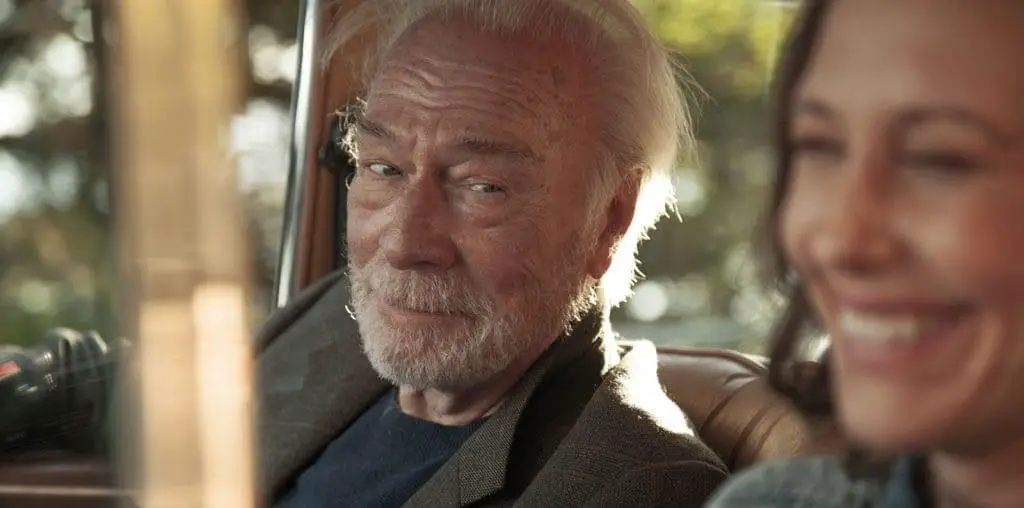
The smashing new rockumentary “DIG!” tells the fascinating, horrifying and hilarious tale of two ’60s obsessed young American bands, the Dandy Warhols and the Brian Jonestown Massacre. Both got their start in the early to mid-’90s, just as U.S. record buyers were finally warming up to U.K. sounds again, thanks to bands like Radiohead, Blur and the dreaded Oasis. The Dandy Warhols, from Portland, Oregon, and the Brian Jonestown Massacre, from San Francisco, both loved booze and blow, playing tambourine and sitar, dressing up like the Beatles and/or the Byrds, and talking about the rock revolution they were getting going. One A&R rep enthuses, describing both bands: “It’s so retro and so future!”
Ondi Timoner’s awesomely in-depth video chronicle – recorded over seven years, resulting in 1,500 hours of footage – shows us the results of their struggle in brain-rattling detail: for the Warhols, modest success in the U.S., including some MTV and radio play and decent record sales, plus superstardom in the U.K. and much of Europe. For the BJM, it’s a cult of diehard fans and critics, a dozen albums released on several different indie record labels, tours of varying coherence and a revolving door through which nearly 50 band members have come and gone.
The anchors of these two camps, of course, are the bands’ respective frontmen and songwriters: Courtney Taylor of the Warhols is good-looking, talented, ambitious and put together; Anton Newcombe of the BJM is good-looking, talented, ambitious and a goddamned mess. They begin as good friends, but the thrust of their story is pretty much thus: Taylor looks up to Newcombe as some kind of demented, unheralded genius in the mold of Syd Barrett or Arthur Lee, while Newcombe looks down on Taylor as a schmoozy music-biz sellout. Example: in 1996 the Warhols sign with Capitol and proceed to take forever perfecting their big debut; that same year, the BJM write, record and release three entire albums on a miniscule indie label.
Perhaps the high point of the doc is the Brian Jonestown Massacre’s disastrous showcase gig at West Hollywood’s (in)famous Viper Room, packed with A&R reps and other music industry snakes: obviously a perfect occasion for a little public self-sabotage on Newcombe’s part. Though Newcombe is hardly the only drunk bandmember there, he is definitely the one who punches and kicks bassist Matt Hollywood until a full-scale, instrument-swinging brawl erupts right there onstage – to the delight of the audience, naturally. The scene is as uproarious as “A Mighty Wind” and as gruesome as “Irreversible.” Newcombe’s priceless summation of the event? “You fuckin’ broke my sitar, m**********r!” Newcombe does appear to say this more to the camera than to any specific bandmate; nothing passes Timoner’s camera by. Her work is amazing in its intimacy (and this for a film running 110 minutes, out of 1,500 hours! One shudders to thing what drugs, insults, fights and other rock’n’roll buffoonery will show up on the DVD.)
But, shenanigans and issues of “street cred” aside, what of the music? To this listener’s ears, the music of both bands is essentially generic, watery psychedelia, derivative to a fault. But the Warhols seem to have evolved into something more of their own creation, instead of just aping their heroes, whereas Newcombe seems only to burrow further into his tortured psyche, the songs sounding fundamentally interchangeable. (Anyone who heard Beck’s wonderful “Sea Change” album has a fair idea of where the BJM is at these days, though certainly BJM cultists would accuse Beck of stealing Newcombe’s unique sound, as well as the White Stripes, the Vines and a hundred other currently popular acts. That’s what unheralded geniuses are for!)
The Dandy Warhols may not be a great band, at least not yet, but compared to the career-ruining, relationship-destroying hijinks of Anton Newcombe, you gotta admire their professionalism, at least. It’s not that Newcombe doesn’t take his music seriously; clearly music is his life and his love. He’s passionate, and no poseur (which maybe Taylor is after all, though he’s certainly sincere in his undying admiration for Newcombe). But Newcombe’s need to incite some sort of Blur vs. Oasis rivalry between the bands reeks of desperation, and the way in which he makes everyone in his life – most of all his bandmates – suffer for his art gets old fast. Life is too short, man.
Sadly for the resolutely independent Newcombe, the evidence seen and heard in “DIG!” indicates that all the indie cred in the world can’t hide the fact that the Dandy Warhols simply write catchier songs and put on a good, tight stage show. That may not fit some muscial snobs’ retarded definition of what “real rock’n’roll” is all about, but the fans who are paying to see and hear the Warhols probably appreciate them for their professional conduct onstage and in the studio.
Newcombe is clearly as troubled as he is talented, maybe more. He seems like a good songwriter who can’t resist his own bad behavior; that hardly makes him unique among rock musicians. In fact, it makes him a sad cliche, no matter how miserable his childhood. As for those several thousand die-hard BJM fanatics who would rather pay to watch Anton Newcombe stumble onstage wasted, attack his bandmates, berate the audience, brag about what a revolutionary he is and then maybe sing a song or two…hey, he’s all yours.
